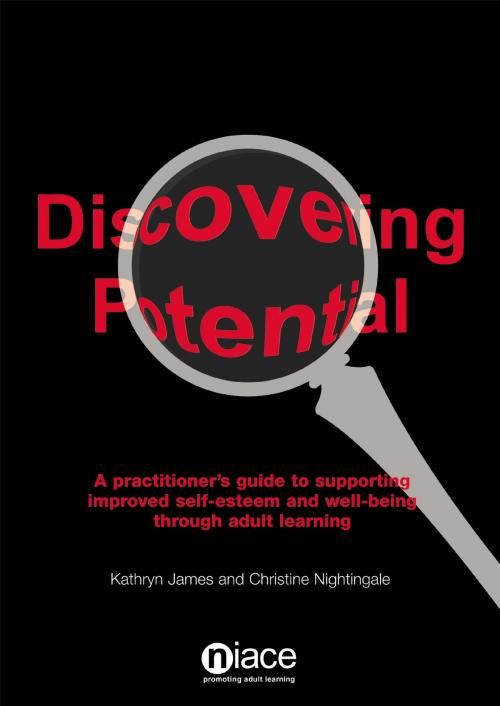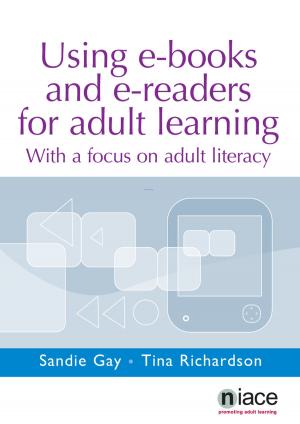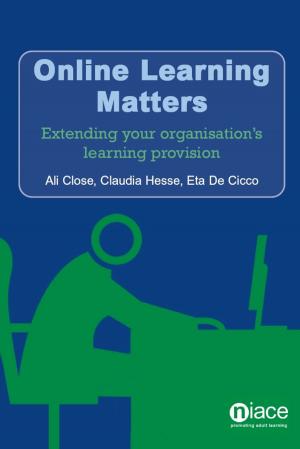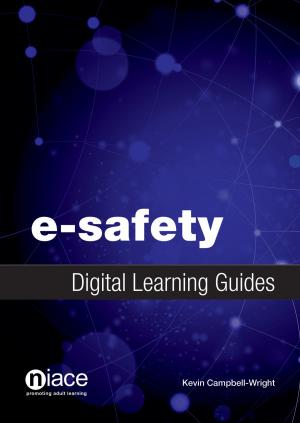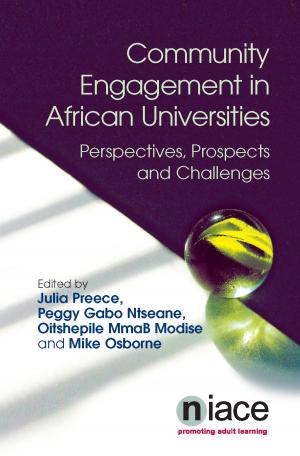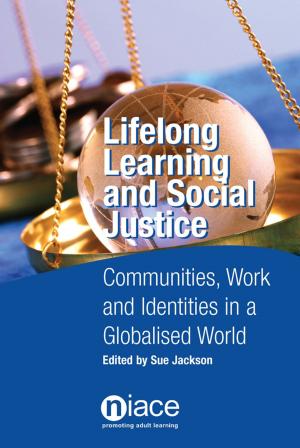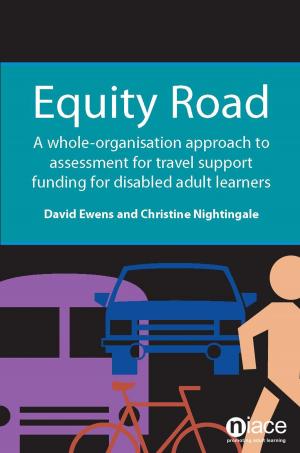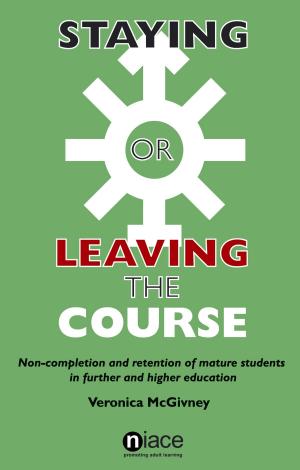Discovering Potential: A Practitioner's Guide to Supporting Improved Self-Esteem and Well-Being through Adult Learning
Nonfiction, Reference & Language, Education & Teaching, Educational Theory, Adult & Continuing Education, Health & Well Being, Self Help, Self Improvement| Author: | Kathryn James, Jane Ward | ISBN: | 9781862016651 |
| Publisher: | National Institute of Adult Continuing Education (NIACE) | Publication: | May 31, 2004 |
| Imprint: | National Institute of Adult Continuing Education | Language: | English |
| Author: | Kathryn James, Jane Ward |
| ISBN: | 9781862016651 |
| Publisher: | National Institute of Adult Continuing Education (NIACE) |
| Publication: | May 31, 2004 |
| Imprint: | National Institute of Adult Continuing Education |
| Language: | English |
Building confidence and a sense of well-being is increasingly being seen as a means of enabling learners to make the most of their potential and to participate more fully in society. But how do you it? Discovering potential is a resource pack that supports practitioners and managers who work with adults with low self-esteem. It looks at: what self-esteem is and how it affects participation; partnership working; working with adults using a guidance model; staff development and maintaining good mental health. The pack provides an essential resource for those working on a one-to-one basis with adults who are ‘hard-to-reach’, ‘marginalised’ or ‘socially-excluded’. Crossing different sectors such as health services, voluntary sector, education sectors and social services, it offers valuable advice and strategies for the pivotal role of interagency working.
Building confidence and a sense of well-being is increasingly being seen as a means of enabling learners to make the most of their potential and to participate more fully in society. But how do you it? Discovering potential is a resource pack that supports practitioners and managers who work with adults with low self-esteem. It looks at: what self-esteem is and how it affects participation; partnership working; working with adults using a guidance model; staff development and maintaining good mental health. The pack provides an essential resource for those working on a one-to-one basis with adults who are ‘hard-to-reach’, ‘marginalised’ or ‘socially-excluded’. Crossing different sectors such as health services, voluntary sector, education sectors and social services, it offers valuable advice and strategies for the pivotal role of interagency working.
